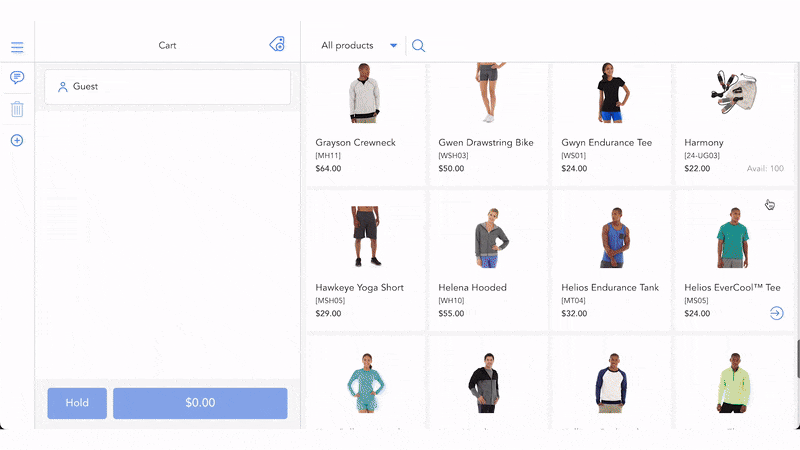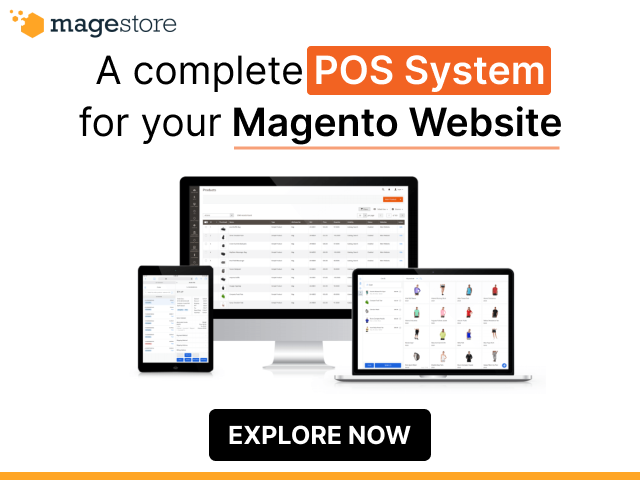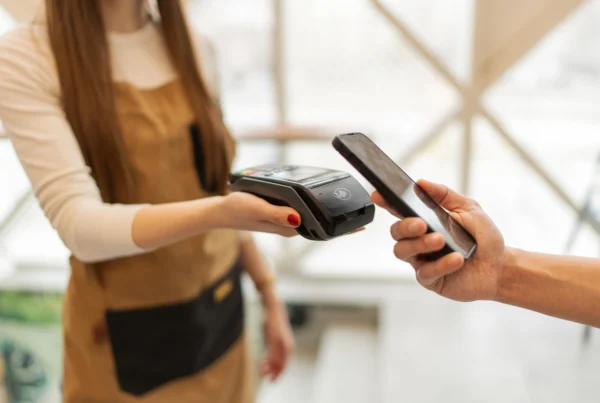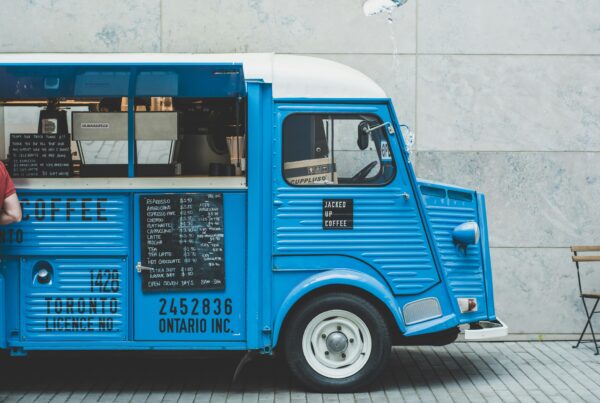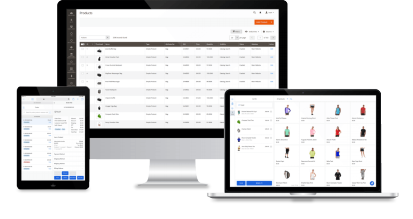Loyalty is an emotional word. More store owners start to recognize the influence of customer’s feelings on how they interact with a brand. Accordingly, an efficient loyalty program should now go beyond transactional rewards. It has to create extraordinary experiences that touch all points to keep long-lasting loyalty.
This notion challenges the traditional loyalty program boundaries and gives rise to a new term: omnichannel loyalty programs. Let’s see what they are about and how to implement them.
The game of loyalty programs is changing.
Traditional loyalty programs offered customers tangible benefits, such as a free item with purchase or a reward for returning visits. But these offerings were limited in access, only targeting customers who have already come through the door.
In other words, traditional loyalty programs only rewarded customers when a transaction took place. That limits the opportunities to deliver a highly emotional experience to them.
Customer loyalty programs now should include every action. For example, merchants can reward customers when they promote the product on social media, write product or service reviews, take a product-related quiz, or refer a friend. Also, you can engage customers in everyday activities, such as going for a run in their new shoes or wearing clothing items with smart tags on them.

Loyalty Report 2018 – Source: Hubspot
At the earlier time of loyalty program history, information and products available to the public were more limited, and advanced technology was less widespread. People often made a purchase mainly based on how much value they got from their money.
With that old mindset, loyalty programs just helped to reduce the cost of discounting and essentially functioned as a cheap currency. Once customers had their wallets full of different loyalty cards, they wouldn’t want to go all the way to shop at a particular store just to earn points.
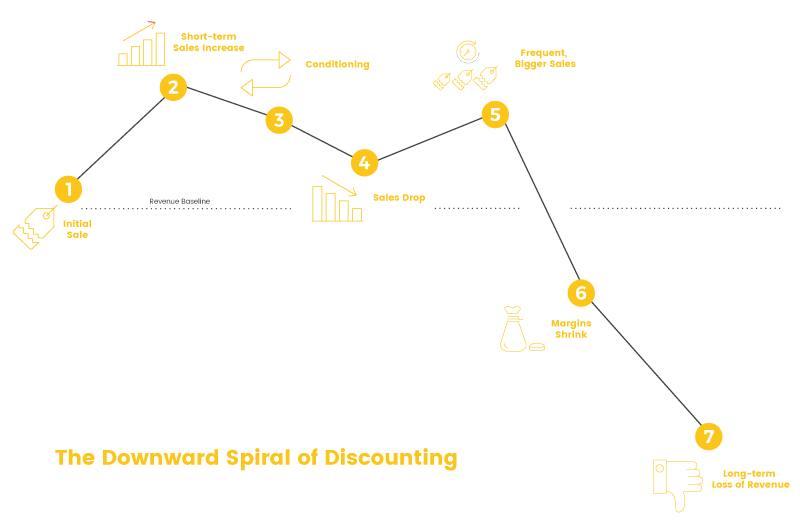
Creating a truly effective loyalty program means building a rewarding, customer-centered experience that drives loyalty by making customers feel valued and connected to the brand.
In today’s retail landscape, where shoppers engage across multiple channels, an omnichannel loyalty program that allows them to earn and redeem rewards seamlessly is essential for keeping them engaged.
An omnichannel POS system is key to delivering this experience, connecting online and in-store sales channels to support consistent loyalty benefits across touchpoints.
Magestore’s Magento POS and POS for Shopify are two such solutions, seamlessly integrating with popular eCommerce platforms to enable impactful omnichannel loyalty programs. They provide merchants with a powerful tool for implementing high-impact loyalty experiences that meet modern shopper expectations.
What are omnichannel loyalty programs?
Omnichannel loyalty programs focus on the best shopping experience across all channels. This means delivering a meaningful engagement through each and every touchpoint, from website to offline stores. Customers engage with your brand on a variety of platforms, devices, and channels, and they expect each one of them to work together seamlessly.
Consistency is a key component of omnichannel loyalty programs. However, in the digital age, it’s no longer enough to send one promotional message across all sales channels.
Omnichannel loyalty programs might even include personalized recommendations and offers, a streamlined purchasing process, and instant access on different devices. Retailers should be ready to adapt and innovate their programs on a regular basis.
FYI: You can read more about the concept of Omnichannel and download the ebook FOR FREE here: Magestore’s Omnichannel Retail Guide
Why are omnichannel loyalty programs?
Omnichannel loyalty programs are essential to building a profitable sales and retention strategy. They not only improve customers’ opinions about a business but also bring real sales benefits.
According to a consumer survey in 2018 by IRi, 74% of customers chose a brand based on its strong loyalty or discount program. Additionally, 71% of brands that use omnichannel loyalty programs said transaction volume spurred by these programs increased by more than 50% over the previous years.
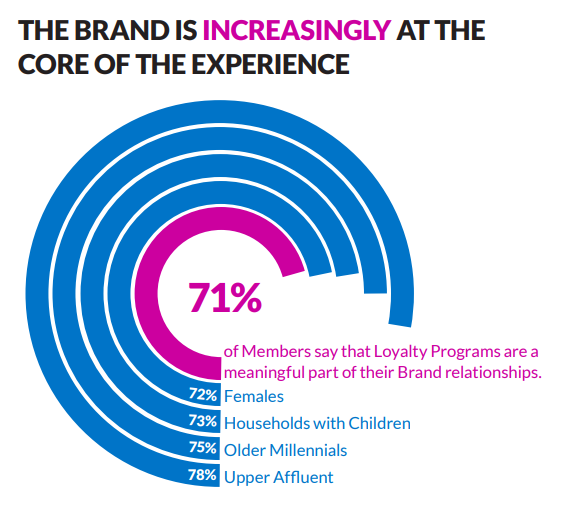
Customer Loyalty Trend – Source: Adobe Report 2018
Omnichannel loyalty programs facilitate businesses to meet customers wherever they are and reward customers using their currency of choice, whether that’s frequent-flier miles, hotel points, or cash back. This flexibility attracts a diverse base of repeat visitors who come back more often and spend more during each visit.
What’s in omnichannel loyalty programs for businesses?
Technology for seamless customer engagement
Omnichannel loyalty programs offer various ways to engage customers, allowing them to swipe and scan their apps for rewards – all while increasing brand loyalty and boosting sales.
Technologies like chip-based smart cards, RFID, real-time point of sale, the third generation of loyalty ‘Rule Engines’-biometrics (include facial and voice recognition biometrics), wireless e-tags, PSAs (personal shopping assistants), etc. have evolved and supported such strategies.

Biometric solution supports personalized loyalty program – Source: Innovative Retail Technologies
- For example, a card-linked loyalty program offers the desired convenience for customers. Instead of carrying around an additional card or pulling out an app, customers can simply pay with a registered card and automatically receive rewards each time they swipe.
- Other trials and innovations in this space include voice biometrics used by ANZ Bank, fingerprints by Delta Airlines, and facial recognition within KFC in Hangzhou, China set up by Alibaba.
Value focus: the greater opportunity to tap customer lifestyle, the clearer your brand identity in the customer’s mind
Aligning the omnichannel loyalty program’s structure with your brand identity helps enhance your core message, by connecting your customers’ preferences, passions and beliefs.
For example, you can build advocacy by rewarding customers who donate used clothes to your store, which can make a positive effect on your brand. The health and lifestyle community has reacted positively to Strava and customer rewards. This has great potential for retailers specializing in athletic sportswear.
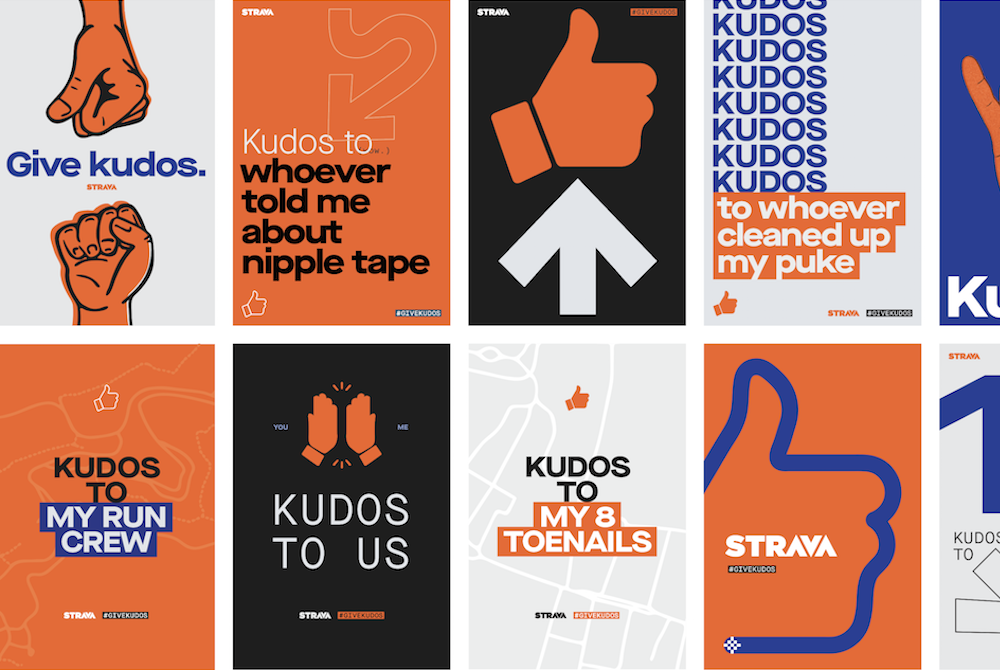
You can acknowledge people for going out for a run, and ensure that they are rewarded in your stores afterward, which strengthens their emotional bond with your brand. Source: Strava
Before we thought of omnichannel loyalty programs as just the seamless combination of in-store, online and mobile, but we’ve added another element: daily life – all those moments when customers are just being people.
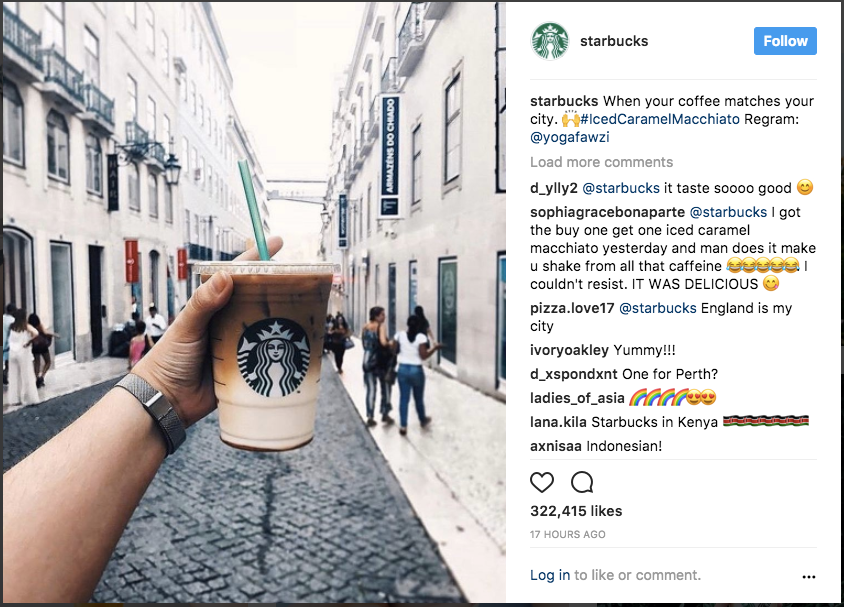
Instagram campaign is just one example. This also drives engagement on social media. Source: Starbucks
Data-driven insights to make smarter decisions
Beyond increasing customer affinity for your brand, omnichannel loyalty programs carry another huge benefit: data-driven insights. Despite various gates to reach customers, you can store all the information about your customers in a centralized system. With all these statistics, businesses can learn about the latest trends in consumer behavior.
For example, a restaurant may learn from omnichannel data that most of their returning customers come in during a certain time, or from a particular suburb. It also identifies what these valuable customers prefer to enjoy at the restaurant.
The restaurant can target locals during certain times of the day or attract more customers from a specific local area. This increases visits from regular guests and new customers with similar demographic profiles.
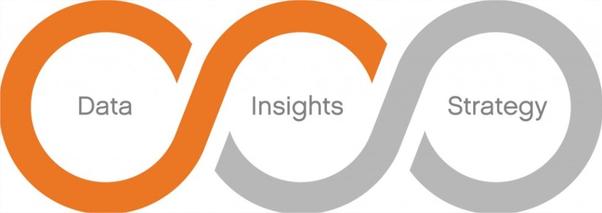
Access to customer transaction history allows store owners to have a better understanding of their loyal customers, and learn what differentiates them from other guests. Studying the resulting data and trends really helps businesses make smarter decisions.
What is in omnichannel loyalty programs for customers?
Customized offerings
There’s a common misconception that some customers are not comfortable with companies analyzing their transactions.
However, recent research from Nielsen showed that customers are more than willing to share data with brands in exchange for customized offerings. 91% of customers said they are more likely to shop with brands that can provide relevant offers and recommendations — and 83% are open to sharing data to make this work.
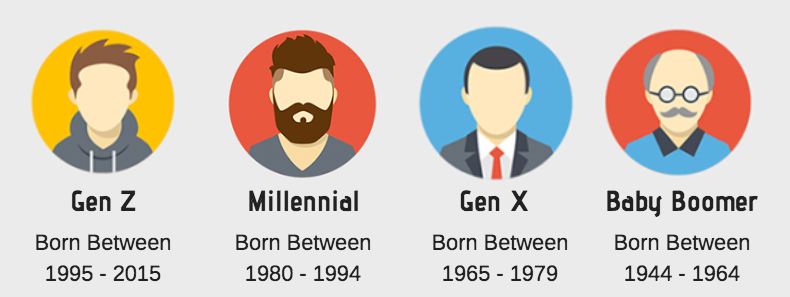
This attitude is intergenerational, with 46% Gen Z customers and 55% millennials willing to share their data for a better-personalized experience.
Exclusive experiences that money can’t buy
Customers always want to feel like they are being offered something personalized and original. A VIP experience designed for a selected audience can make them feel much more special and privileged.
It’s the perfect mix to convey the wow feelings in omnichannel loyalty strategy and hit the customer’s sweet spot. Data-driven insights, once again, play an important role to understand which rewards appeal most to your high-value customers.
For example, the most desired offers for millennials are free to travel, SPA days, wellness treatments, event tickets, and exclusive shopping nights or weekends (according to a survey by The Drum).
In the fashion industry, merchants can reward top customers with early birds like early access to new collections, shop on the runway. Or you can offer quality advice such as face-to-face or virtual meetings with stylists, or store staff.
Let’s make your loyalty program different.
We all know that attracting new customers is more costly than inducing existing customers to return to your stores. Therefore, brands should include customer loyalty programs in sales and marketing plans.

Source: Adobe Digital Index
Although they can be so effective, loyalty programs are nothing new. Thus, more store owners are looking for new initiatives to build their loyalty programs and inspire customers to come back.
Last words
Omnichannel loyalty programs can quickly pay off for businesses that implement them. The accompanying data collection capabilities will allow you to track and analyze your way to success.
So, how will you reward your loyal customers? Let’s talk with our experts to design a good-fit and exclusive loyalty program for your business.

